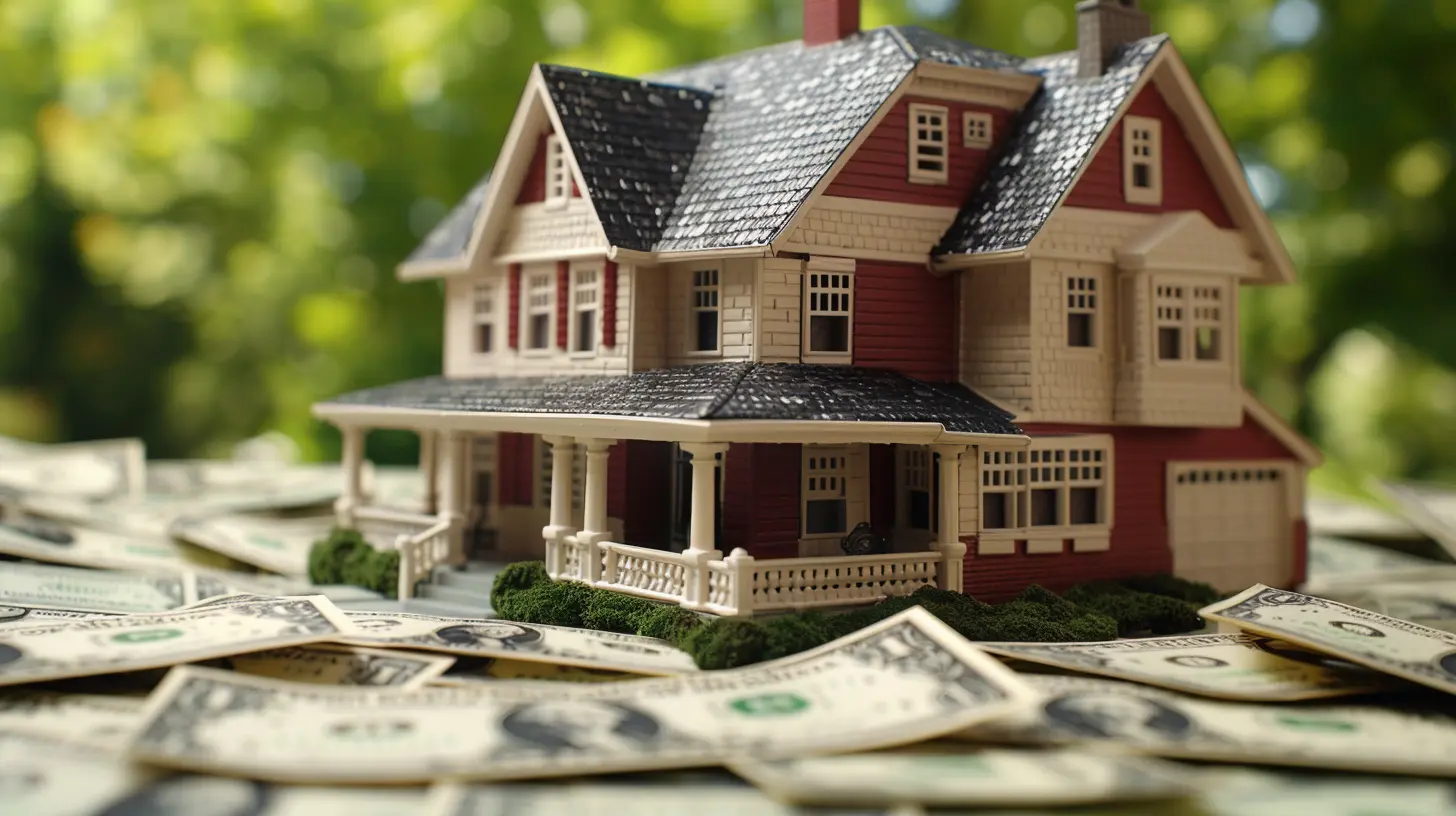Can You Refinance a Mortgage After a Forbearance Plan?
2 November 2025
If you've gone through a mortgage forbearance plan, you might be wondering if refinancing is on the table. Maybe you took forbearance due to financial struggles, and now that you're back on track, you want to lower your interest rate or change the terms of your loan.
The good news? Yes, you can refinance after forbearance. The not-so-great news? There are a few hurdles you'll have to clear first. Lenders will want to see that you're financially stable again before approving a refinance.
Let's break everything down step by step so you know what to expect and how to prepare.

What is Mortgage Forbearance?
Before diving into refinancing, let's quickly go over what a mortgage forbearance plan actually means.A forbearance plan is an agreement between you and your lender that allows you to temporarily reduce or pause mortgage payments. This is usually granted in cases of financial hardship, such as job loss, medical issues, or economic downturns (think COVID-19).
However, forbearance isn’t free money—it’s a temporary relief. Once the plan ends, you’ll need to resume payments and sometimes even catch up on missed amounts.

Can You Refinance Right After Forbearance?
In short, no—not immediately. Most lenders won’t allow you to refinance the moment your forbearance plan ends. But don’t worry, you won’t have to wait forever. There are specific requirements you’ll need to meet first.Lenders typically want to see that:
- You've exited forbearance and are making regular payments again.
- You’ve completed a waiting period (this can vary).
- Your credit score and finances are strong enough to qualify for a new loan.

How Long Do You Have to Wait to Refinance?
The waiting period to refinance depends on your loan type and whether you continued making payments during forbearance. Let's break it down:Conventional Loans (Fannie Mae & Freddie Mac)
- If you made full, on-time payments during forbearance, you can refinance immediately after exiting the plan.- If you paused or reduced your mortgage payments, you must make at least three consecutive, on-time payments before applying for a refinance.
FHA Loans
- If you deferred payments, you must make at least three on-time payments after exiting forbearance before refinancing.- Some lenders may require a 12-month payment history before approving a refinance.
VA Loans
- Similar to FHA loans, you typically need to show three consecutive on-time payments after forbearance before refinancing.- However, specific lenders may have their own stricter guidelines.
USDA Loans
- You’ll need at least three months of on-time payments after exiting forbearance.- Some lenders may require a longer history of payments before approving a refinance.

Steps to Refinance After Forbearance
If you’re ready to refinance, follow these steps to improve your chances of approval.1. Resume Regular Payments
Most lenders won’t even consider you for a refinance unless you’ve been back on track for at least three months. If possible, make extra payments to start rebuilding your financial standing.2. Check Your Credit Score
Your credit score took a hit during forbearance? That’s normal. But you'll need a decent score (generally 620+ for conventional loans and around 580+ for FHA loans) to refinance.If your score is low, take steps to build it up:
- Pay off outstanding debts.
- Keep credit card balances low.
- Avoid applying for new credit.
3. Gather Your Financial Documents
Lenders will want proof that you’re financially stable again. They’ll ask for documents like:- Recent pay stubs.
- Tax returns & W-2s.
- Bank statements.
- A letter explaining your financial situation (if needed).
4. Shop Around for Lenders
Not all lenders have the same rules. Some might have stricter requirements, while others are more flexible. Get multiple quotes to find the best refinance deal.5. Consider a Loan Modification Instead
If refinancing isn’t an option yet, you can talk to your lender about a loan modification. This allows you to adjust your mortgage terms (like lowering your interest rate or extending your loan term) to make payments more manageable.Pros and Cons of Refinancing After Forbearance
Pros:
✅ Lock in a lower interest rate (if rates have dropped).✅ Reduce monthly mortgage payments.
✅ Switch from an adjustable-rate mortgage (ARM) to a fixed-rate loan.
✅ Shorten or extend your loan term for better financial flexibility.
Cons:
❌ You may need a higher credit score than before.❌ Lender requirements might be stricter post-forbearance.
❌ Closing costs can be expensive (typically 2%-6% of the loan amount).
❌ If your home value has dropped, refinancing could be tough.
Alternative Options If You Can’t Refinance Yet
If you’re not quite ready to refinance, don’t worry—there are other ways to manage your mortgage:- Loan Modification: Adjusts your current loan’s terms without refinancing.
- Making Extra Payments: Helps reduce your principal faster.
- Applying for Assistance Programs: Some government or lender programs help homeowners who struggled during forbearance.
Final Thoughts
So, can you refinance a mortgage after a forbearance plan? Absolutely! But it won’t happen overnight. Lenders want to see financial stability before approving a refinance.If you haven’t already, focus on making regular payments, rebuilding your credit score, and ensuring your debt-to-income ratio is in good shape. Once you're in a solid financial position, refinancing could help you secure better mortgage terms and save money.
Remember, patience is key. If refinancing isn’t an option right now, don’t stress—there are always other ways to manage your mortgage and stay on track.
all images in this post were generated using AI tools
Category:
RefinancingAuthor:

Cynthia Wilkins
Discussion
rate this article
1 comments
Adrian Lozano
Great insights! It's reassuring to know refinancing is possible after forbearance. Homeownership dreams are still within reach!
November 5, 2025 at 5:20 AM

Cynthia Wilkins
Thank you! I'm glad you found the information helpful and reassuring. Homeownership is definitely still attainable!


